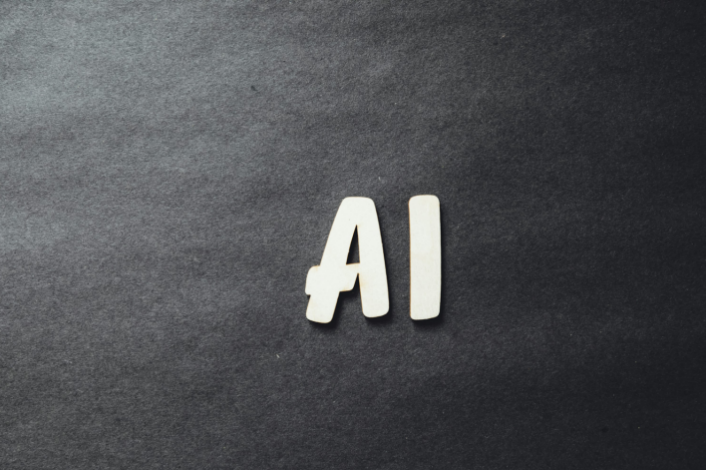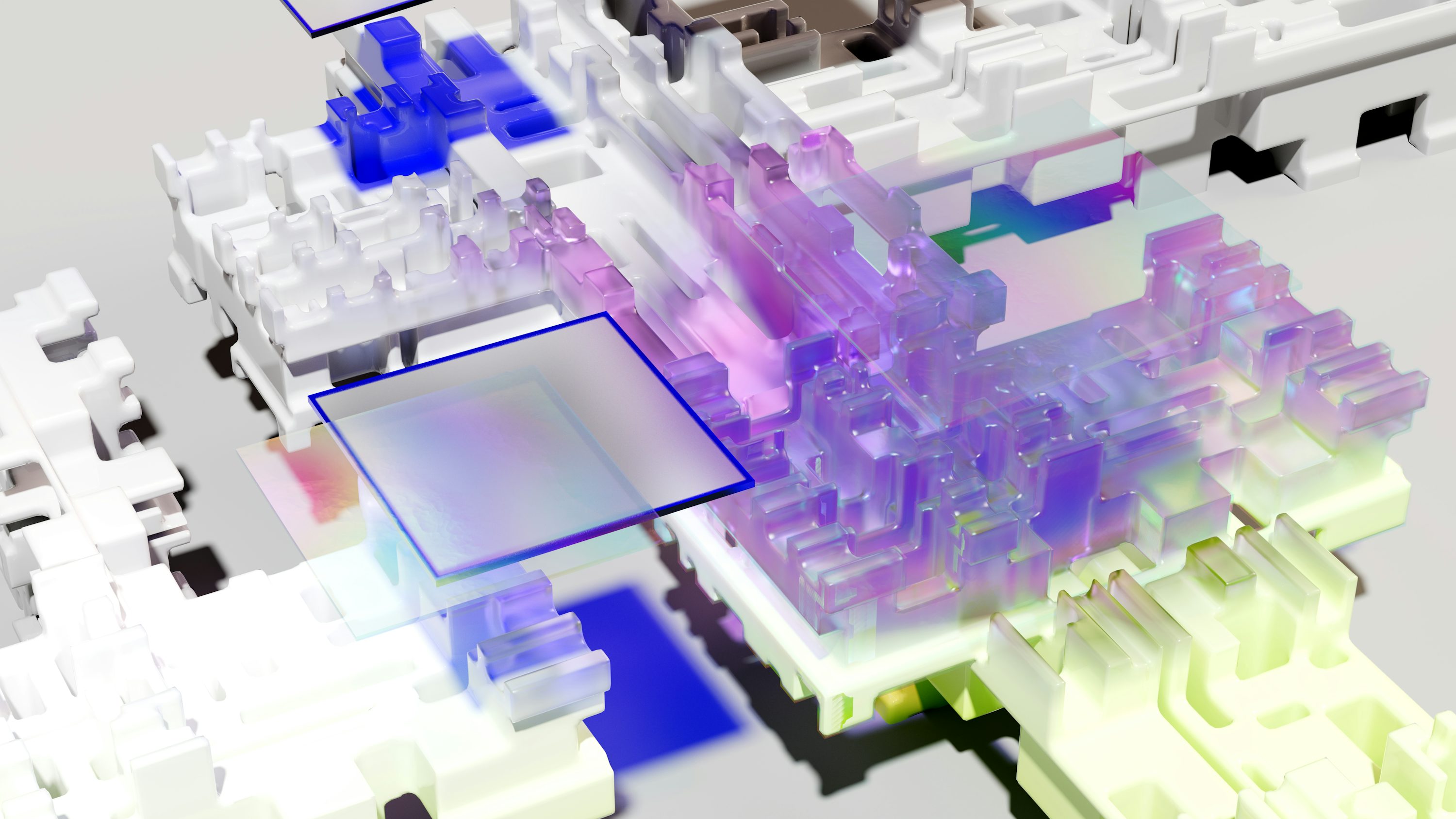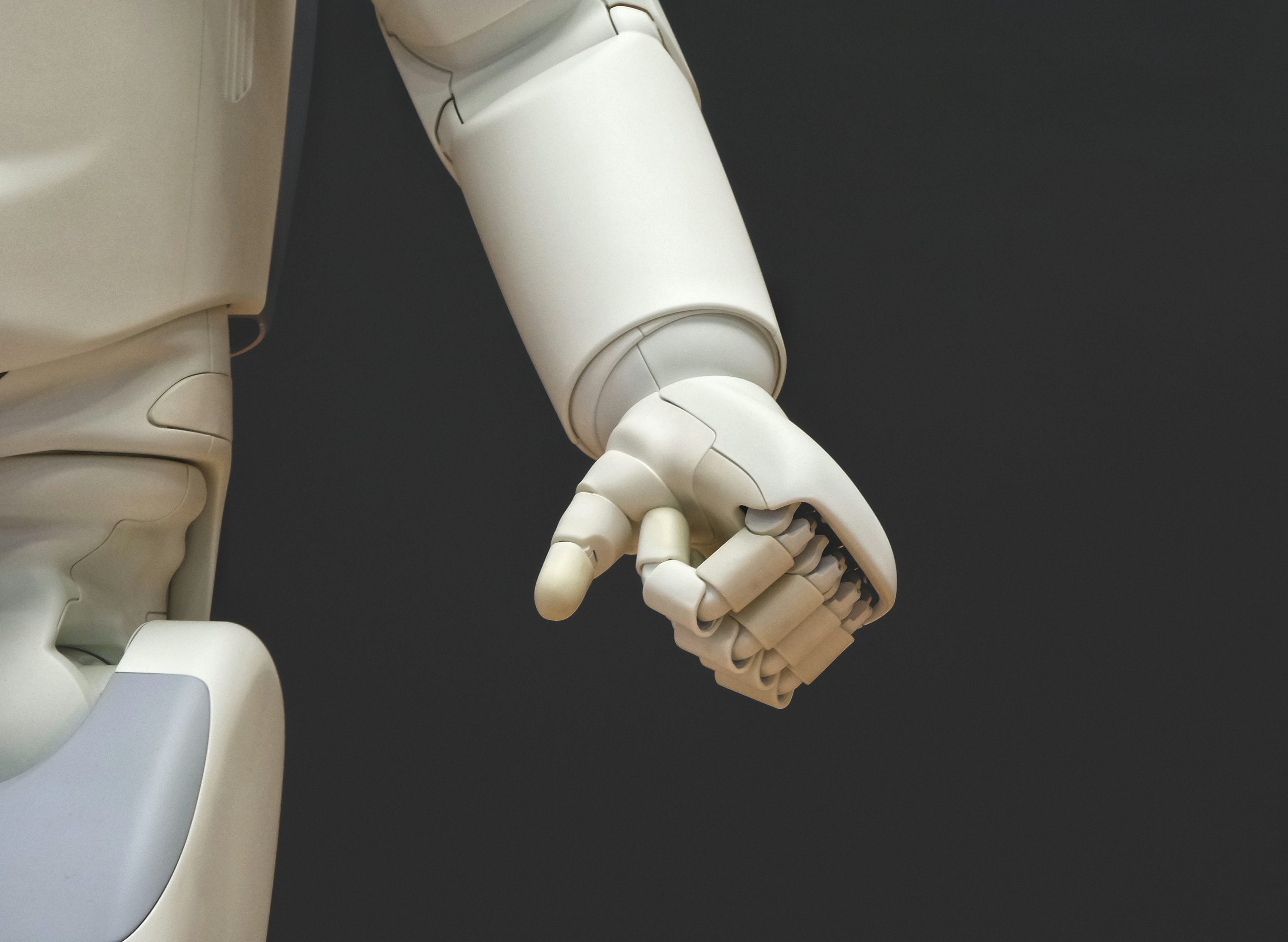
The development of contemporary intelligent technology is advancing rapidly, but core technologies are still constrained by traditional physical carriers. When the global technology community is struggling with energy consumption and data storage issues, a disruptive technological revolution is quietly emerging in the laboratory - the research on building computing systems using living matter is opening up new possibilities for humanity towards the future.
At the forefront of biological computing, researchers are trying to construct new computing architectures using specially cultivated micro life units. The "biological neural matrix" system developed by a Swiss research team combines hundreds of cell clusters with neural properties with electronic networks. This organic-inorganic hybrid device exhibits astonishing energy-saving characteristics, with a unit computational energy consumption of only one millionth of traditional chips. By simulating the neurotransmitter transmission mechanism in the brain, these cell clusters can gradually form complex neural networks under the combined action of electrical signals and chemical stimuli.
This technological breakthrough has opened up a whole new dimension for computational science. In the cultivation device, each cell cluster with a diameter of less than 1 millimeter is connected to a precision electrode array. Researchers guide cell clusters to self organize and process information by regulating the concentration of chemicals in the culture environment. This dynamic evolution process is in sharp contrast to the fixed circuits of silicon-based chips, and its adaptive characteristics provide a new implementation path for machine learning.
The exploration of bioinformatics is showing a trend of diversified development. The cell computing system developed by a Spanish research institution utilizes genetic modification technology to endow microbial communities with logical computing capabilities. These living computers can not only perform basic calculations, but also perceive environmental changes in real time. In the field of ecological restoration, these "breathing" computing systems demonstrate unique value - they can be directly deployed in polluted areas to achieve environmental monitoring and restoration through the synergistic effect of biological metabolism and data processing.

More research teams have turned their attention to the kingdom of fungi. A laboratory in the UK has discovered that a specific fungal network exhibits neuroelectrical signal transmission characteristics, and its spontaneously formed complex network structure can serve as a natural computational matrix. This mushroom chip grown in the culture medium not only completes basic calculations, but also demonstrates pattern recognition potential similar to neural networks. Compared to life units that require precise environmental control, this fungal system has advantages in environmental adaptability and deployment costs.

This biological computing revolution has also sparked profound thinking. How to define the existence state of living matter when it is endowed with computational functions has become a new ethical proposition. The scientific community continues to debate the potential awakening of consciousness that biological intelligent carriers may generate, and relevant research norms and ethical frameworks urgently need to be established. Nevertheless, the environmental friendliness, low energy consumption, and adaptive potential demonstrated by biological computing make it an important breakthrough in breaking through the bottleneck of traditional computing.
From the cell matrix in petri dishes to the mycelial network in fungal culture media, biological computing is blurring the boundary between life and machines. This carbon based computing revolution may lead humanity out of the physical limitations of silicon-based chips and create a new era of deep integration between intelligent technology and life sciences. When computing systems begin to possess life characteristics, we may not only usher in a technological leap, but also a renewed understanding of the essence of intelligence.





